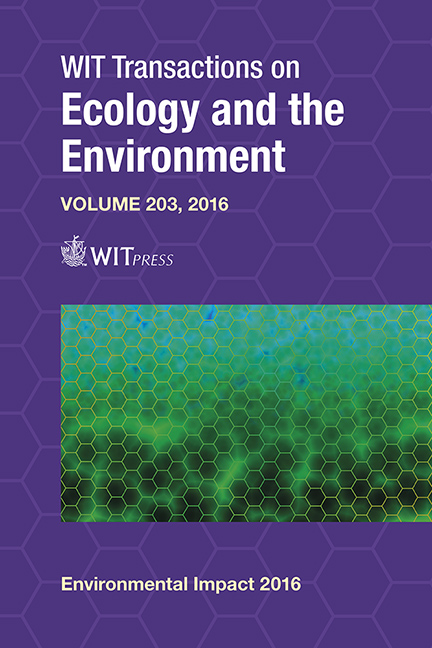Promoting Sustainability Through Brownfields Redevelopment In Caguas, Puerto Rico
Price
Free (open access)
Transaction
Volume
203
Pages
12
Page Range
135 - 146
Published
2016
Size
1,733 kb
Paper DOI
10.2495/EID160131
Copyright
WIT Press
Author(s)
J. Vélez-Arocho, R. Torres, S. M. Veláquez-Rivera, G. Rivera
Abstract
Serious industrial, economic, and tax-related transformations have left the archipelago of Puerto Rico with a vast number of vacant, abandoned, and idle properties resulting on a series of environmental, social, legal, and economic issues in several communities. Performing environmental assessments on these properties have proven to be a key factor to assist in the removal of these issues, allowing the possibility for redevelopment and revitalization of the impacted communities. Over the past years, the Autonomous Municipality of Caguas (AMC) along with the United States Environmental Protection Agency (EPA) has developed many policy innovations and financial incentives to aid in environmental assessments, remediation, and redevelopment of these properties. Located in Central Puerto Rico, and with a population of 142,893 inhabitants, according to Puerto Rico: 2010 census, this municipality has experienced rapid population and urban growth during the last decade, making it difficult for the local government to provide adequate services to all its residents. In Puerto Rico approximately 41.5% of the families live below poverty level, and the unemployment rate is 11.9%. For the AMC, 37.3% of the families live below poverty level and the unemployment rate is 9.8%. In 2009, the AMC received $400,000 through two brownfields grants from the EPA to perform environmental assessments on brownfield properties, related to hazardous substances and petroleum derivate. Between the two phases of the Brownfields Program, the AMC identified over 40 potential brownfield properties, such as abandoned industries, retail shops, restaurants and commercial buildings, from which 14 were assessed using a metric and a special scoring methodology (using ARCADIS B.A.S.E. Methodology for Brownfields). The AMC conducted a Phase I Environmental Assessment to ten properties. The results of each assessment were presented to the community to allow the opportunity for valuable feedback. In the first phase of the Brownfields Program, after Phase I ESAs was conducted and no further evidence of contamination was found, three properties began procedures for sale and redevelopment. The investment from the private sector exceeded $1,200,000.00. The AMC is committed to promote redevelopment of brownfield properties and to help funding the environmental remediation efforts to support redevelopment.
Keywords
sustainability, brownfields redevelopment, USEPA, economic development, Municipality of Caguas, community involvement, idle properties, environmental assessments, public health, business





